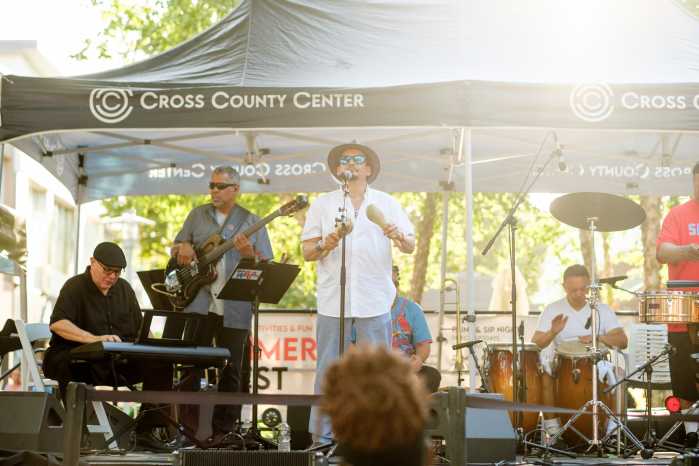While spring usually means warm weather, chirping birds and rebirth of nature, it is also the silent reminder that the allergy and common cold season is also approaching.
Allergic rhinitis, more commonly known as allergies, is a “hyperactive response” of the body’s immune system. This is caused by a variety of possible allergens such as pollen, dander and grass, which affects the upper respiratory tract.
The common cold refers to a mild upper respiratory viral illness and is the most frequent acute illness in the United States. In the spring, it can be very difficult to differentiate cold symptoms from allergy symptoms since there is much overlap. To help you figure out what you’re dealing with, here’s a look at the most common symptoms to help you decide which is which.
FEVER
Allergies: Fever should be absent since this is not an infection.
Common Cold: Fever is uncommon in adults with a cold. Fever may be present in children, but seldom above 101 F.
OCULAR (EYE) FINDINGS
Allergies: A classic symptom, it is common to have eye itching, persistent tearing, redness, watery discharge, burning and occasionally, sensitivity to light. This symptom usually involves both eyes and itching is the most predominant and bothersome symptom.
Common Cold: While eye tearing and mild redness may be common, itching is usually absent.
SNEEZING (STERNUTATION)
Allergies: Sneezing is one of the characteristic symptoms and is usually present throughout the entire duration. It is often noticeable by its consecutive or “chain-like” nature.
Common Cold: Sneezing, if present, is usually in the early portion of most colds.
RUNNY NOSE (RHINORRHEA)
Allergies: Nasal discharge is almost always clear. Sometimes, if the nose is obstructed (clogged, congested, stuffed), it is common to develop a postnasal drip.
Common Cold: Runny nose and nasal congestion are the most common or characteristic findings. The nasal discharge can be thick or have a green to yellow color. Typically, nasal symptoms will alleviate after two to three days.
SORE THROAT (PHARYNGITIS)
Allergies: An itchy palate and post-nasal drip is very common.
Common Cold: A sore or “scratchy” throat is frequently the most bothersome symptom. This usually presents on the first day of illness, but is short lived. You may have a red throat, but white patches should be absent.
COUGH
Allergies: In the absence of post-nasal drip, cough is usually not present. With post-nasal drip, cough is worse when lying down.
Common Cold: Cough may be present but becomes troublesome on the fourth or fifth day; by which time the nasal symptoms are less severe. There is typically minimal, if any, phlegm.
VOMITING AND DIARRHEA
Allergy/Common Cold: These symptoms are not present in either illness and warrant further evaluation.
DURATION OF SYMPTOMS
Allergies: Symptoms vary in duration, but commonly last greater than two weeks. Symptoms also appear to be seasonal, more commonly found in the spring and fall.
Common Cold: Symptoms usually persist for three to 10 days, but uncommon beyond two weeks.
Treatment for these illnesses include over the counter pain relievers and antihistamines, as well as prescription steroids and nasal decongestants that should only be started after consulting with your doctor. Talk to your doctor if you are experiencing any of these symptoms. While most symptoms usually resolve with time, your doctor may be able to help you deal with or avoid certain symptoms based on your illness.
Angelo Baccellieri, M.D. is Board Certified in Emergency Medicine, Longevity/Anti-Aging Medicine, and serves as the Medical Director of Formé Urgent Care and Wellness Center in White Plains. formeurgentcare.com.
Gracious John is a Board Certified Registered Physician Assistant who has dedicated his career to Emergency/ Urgent Care Medicine and serves as the Clinical Director of Formé Urgent Care and Wellness Center in White Plains. formeurgentcare.com.










